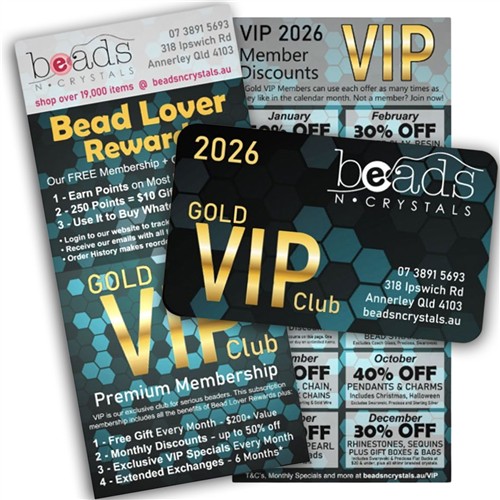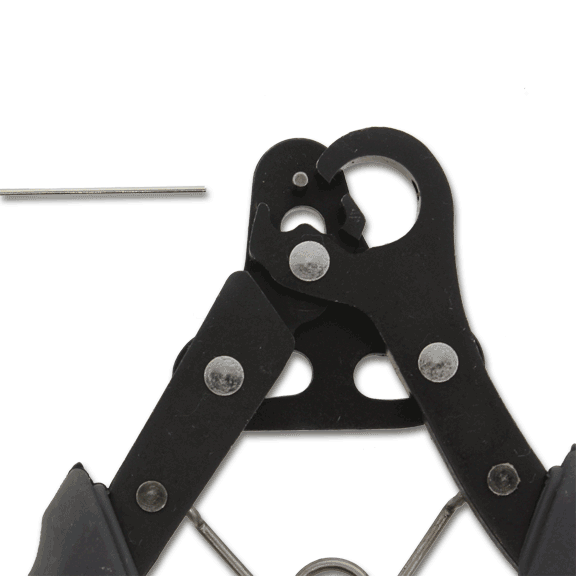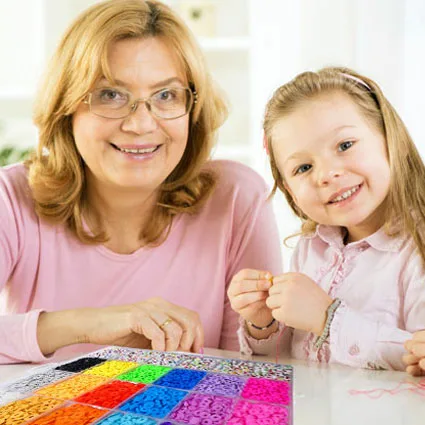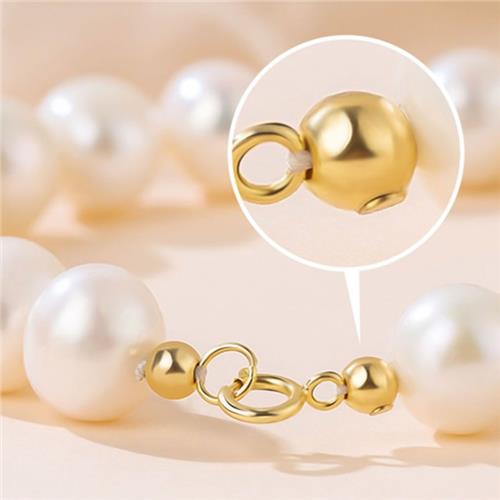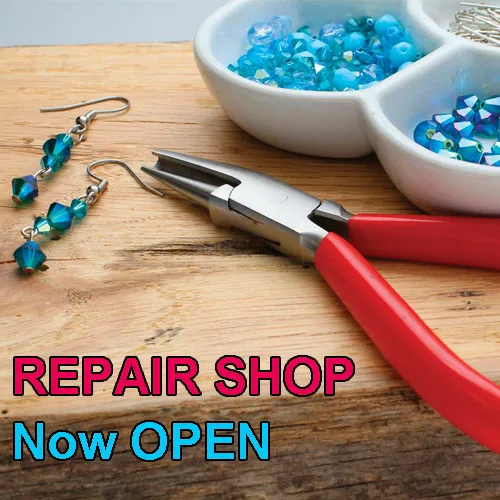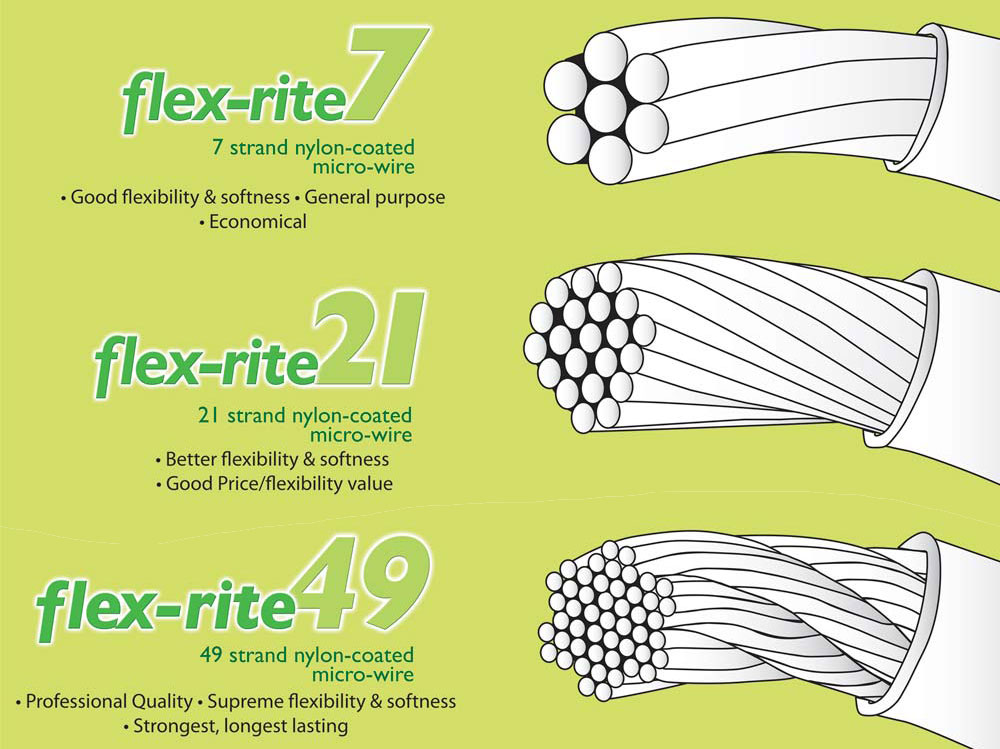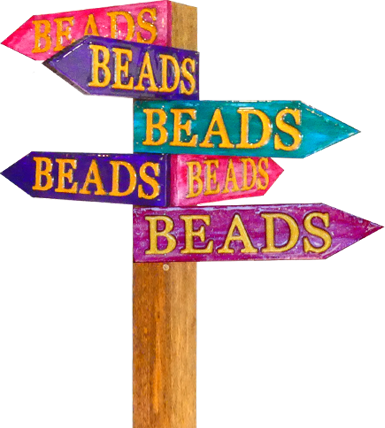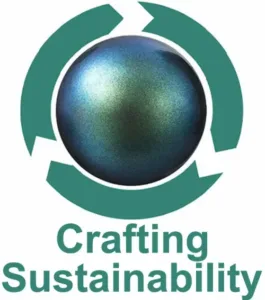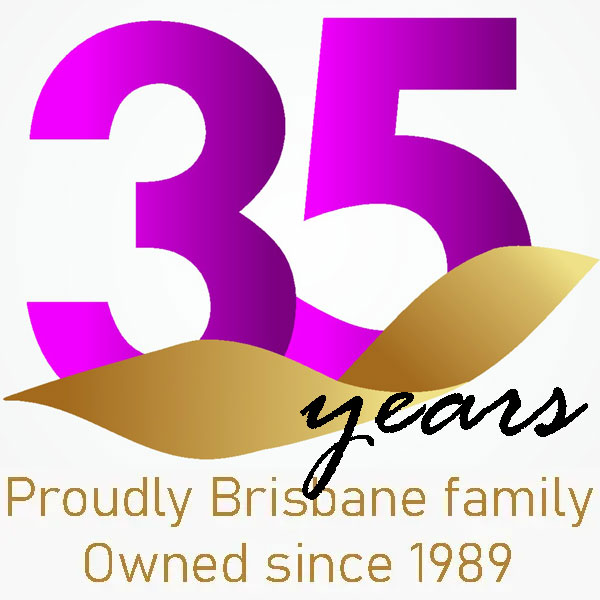
When you’re browsing through our beads, findings, and jewellery-making supplies, you’ll see names like Gold, Silver, Rose Gold, Gunmetal, or Antique Bronze. But what do these names really mean? Let’s clear up the sparkle so you know exactly what you’re working with.
Gold – Pure, plated, filled, or vermeil?
When we say “Gold” in our wires, chains, or findings, we’re not talking about solid bullion (9999 fine). Instead, it usually means gold-plated or gold-coloured. But there are a few other special finishes worth knowing about:
- Gold Plated – A thin layer of gold bonded to a base metal. Affordable and bright.
- Gold Vermeil – A thicker gold plating applied over genuine sterling silver. This gives you the warmth of gold with a quality silver base. Best part is, it’s precious metal all the way through!
- Gold Filled – Made by mechanically bonding a much thicker layer of real gold to a base metal core (often brass). It has far more gold than standard plating and can last many years with proper care. It’s the best of the best when you don’t want high-end jewellery store prices.
Gold-filled and vermeil are the closest you’ll get to “fine jewellery” quality without stepping into solid gold territory.
Silver – Pure, plated or sterling?
Just like with gold, “Silver” in most jewellery findings refers to silver plating or silver-coloured finishes, not pure silver. Still, we do stock some higher-grade options:
- 925 Sterling Silver – Made from 92.5% pure silver alloyed with a small amount of other metals for strength.
- Argentium Silver – A premium version of sterling that resists tarnish longer, thanks to added germanium.
Both are great choices for customers looking for the real deal in silver.
Stainless Steel – strong and stylish
Stainless steel is our go-to metal and a favourite for many of our customers because it’s tough, long-lasting, and hypoallergenic for most wearers. But not all stainless is the same:
- 304 Stainless Steel – Commonly used for ear wires and studs. It’s durable, corrosion-resistant, and safe for sensitive ears.
- 201 Stainless Steel – Found in our per-metre chain. It’s strong and affordable, with a slightly different balance of nickel and manganese compared to 304, making it a good option for everyday designs.
Both grades offer excellent value and sturdiness for jewellery-making.
Bonus Science Lesson – Stainless & Nickel?
One thing that understandably surprises people is that Stainless Steel, you know, the hypoallergenic metal that people, kitchens and hospital operating theatres use to avoid nasty reactions to nickel and cadmium, actually contains nickel! How can that be safe? Well for that we need a quick chemistry lesson!
The key thing to understand is that in stainless steel, the nickel is tightly bound at a molecular level within the alloy. It doesn’t behave like separate nickel metal, which is what usually causes skin reactions. Instead, it’s locked into the structure alongside iron and chromium, so only an infinitesimally small amount (if any) can ever migrate to the skin. That’s why the vast majority of people can wear stainless steel comfortably while avoiding the reactions that some metals can cause.
If you can run to the kitchen and pick up the table salt container, the label usually says something like: Ingredients: Sodium Chloride, Anti-Caking Agent. My first thought, I’m glad the anti-caking agent is there, who wants a slice of salt cake!? But back to the actual ingredient: Sodium chloride. It’s just the chemical name for ordinary salt.
Now, if you go looking up the elements that make it (don’t take my word for it, check the wiki articles), you’ll find a bit of a surprise. Sodium on its own is a soft metal that explodes and bursts into flames in water (look that up on YouTube). Chlorine is a poisonous green gas and the main active ingredient of pool cleaning chemicals. Neither sound like something you’d want on your dinner!
Here’s the catch: when you search online, you’ll want to look up chlorine, not chloride. Why? Because chloride is what chlorine turns into once it gains an extra electron and bonds with sodium. Chloride is the safe, stable form. On its own, “chloride” doesn’t have much of an identity – it only really exists as part of compounds like sodium chloride, potassium chloride, or calcium chloride. So if you want to understand what salt is made from, you need to see what sodium and chlorine are like individually before they combine.
Anyway, just as an explosive metal is sitting on your chips, it’s completely safe because it’s molecularly bound to poisonous gas. Yummy! Similarly, here is nickel inside Stainless steel, but it’s completely contained and bound within the alloy, so it’s completely safe. While its raw ingredients might sound worrying when considered individually, once combined they form a strong, safe material that’s ideal for jewellery, findings, and chain. What can we say, science is weird!
Copper – warm tones and versatile
Copper adds a beautiful, earthy glow to jewellery. Unless specified as solid copper, most items listed as “copper” are copper-coloured or copper alloy. They still provide the rustic warmth of copper without the price of pure metal. Many alloys can be as much as 90 to 99% pure copper with the other ingredients there to promote strength, flexibility, durability, hardness and tarnish resistance. Wire called “Bare Copper” is pure copper with no alloys or added metals.
Brass, Bronze, and Other Shades
When you see names like Brass, Bronze, Antique Silver, Rose Gold, or Gunmetal, these refer to the colour of the plating rather than the solid metal itself. The base underneath is typically:
- Steel or steel alloy – Use a magnet – if it sticks to the metal, it contains steel.
- Brass alloy – The most common base metal if it doesn’t stick to a magnet.
- Zinc alloy – Common in charms and intricately cast pieces.
These platings give your designs a wide range of finishes and creative options.
Metal Safety – Our Testing and Codes
We know how important safety is when it comes to jewellery and craft supplies, so we take the extra step of testing our metals for lead and nickel content (something the marketplaces don’t do!). These are the two of the most common elements people want to avoid, especially when making jewellery for sensitive skin or for children.
To make things easy, you’ll notice some of our products carry special codes. These indicate that the metals have been tested and found to be free of certain substances:
- LCF – Lead and Cadmium Free
- LNCF – Lead, Nickel and Cadmium Free
- LNF – Lead and Nickel Free
These codes give you peace of mind that you can create and wear with confidence, knowing what’s not in your materials is just as important as what is.
Why this matters for jewellery makers
Understanding metals and platings helps you choose the right materials for your project. Want long-lasting gold tone? Go for gold-filled. Need hypoallergenic findings? Stainless steel or sterling is your best bet. Designing costume jewellery with bold finishes? Plated alloys give you endless colour choices at an affordable price.
With a little knowledge, you can pick the perfect combination of shine, strength, and style for your next creation.
If you want to know more, please email us with the SKU or part number of the items you’re looking at and we’ll provide a more comprehensive list of specifics on those items.
- All you need to know about Turquoise - April 26, 2025
- Everything You Need to Know About Copper Wire: From Tarnish-Resistant to Bare Copper - March 14, 2025
- How to Organise Your Beading and Craft Supplies Like a Pro - February 20, 2025


